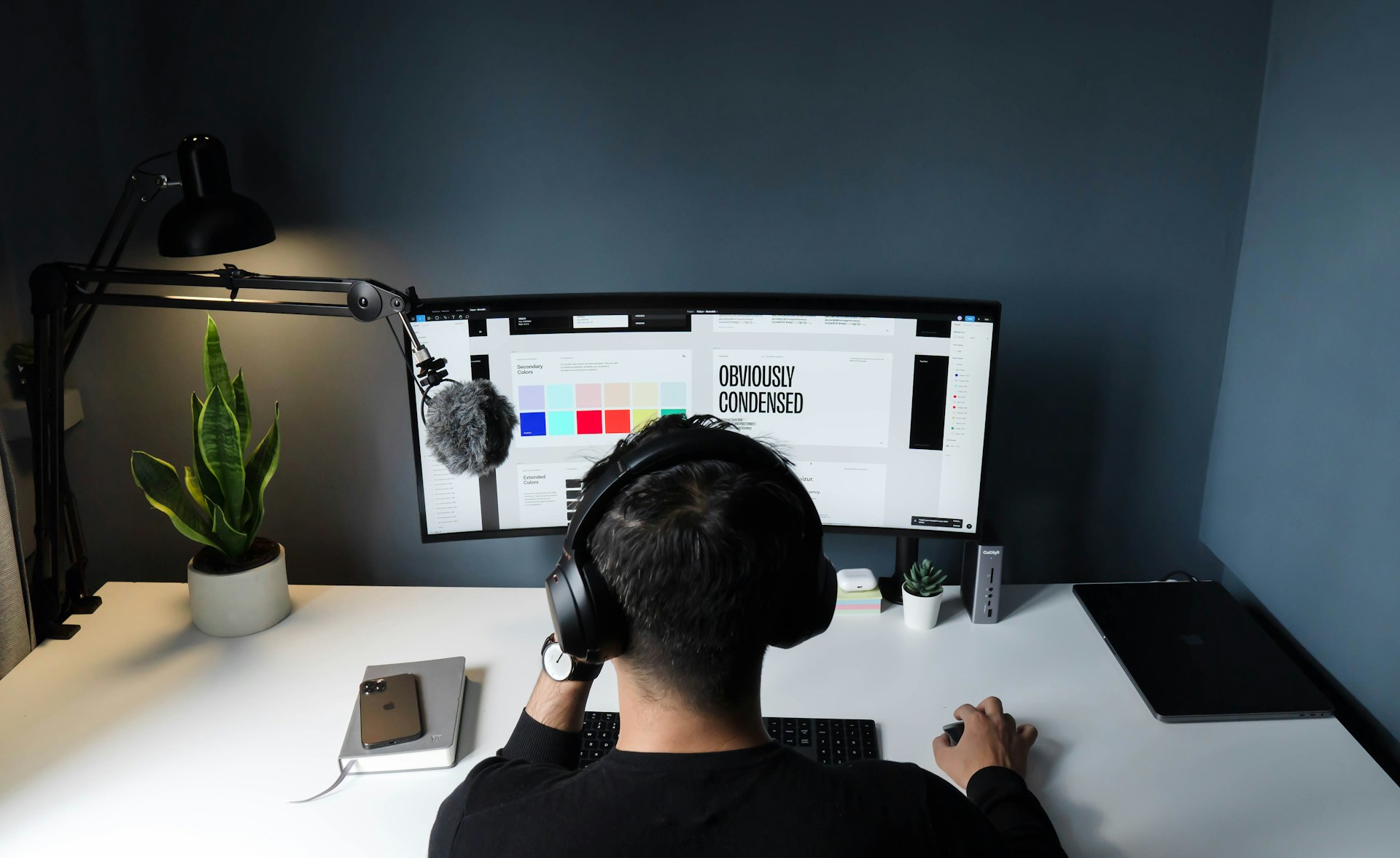A Brief Look Back
Before Figma, the world of digital product design was fragmented.
✅ Designers passed giant Sketch files around over Slack
✅ Developers waited days for the “final” exported assets
✅ Stakeholders struggled to review designs in context
✅ Version control was… screenshots with timestamps
Then, in 2016, Figma launched a truly browser-native design tool with multiplayer editing. Suddenly, anyone with a browser could jump into a design file, leave comments, or even co-edit.
The Figma Revolution
Figma’s real-time multiplayer editing turned design into something more akin to Google Docs:
Designers could see each other’s cursors in real time
Product managers could jump in to comment
Developers could inspect CSS properties directly
Prototypes and flows could be reviewed collaboratively
It collapsed the walls between design and engineering, encouraging design systems, rapid iteration, and cross-functional buy-in.
In short, it democratized design.
But at What Cost?
That success didn’t come free — and not just in dollars.
✅ Always online
Figma depends on internet connectivity, which can be limiting in some environments
A broken server or network outage can freeze the entire design workflow
✅ Too many cooks
Real-time editing opened the door for design drive-bys, where non-designers jump in to change things
Some teams struggle with proper permissions and design ownership
✅ Data privacy questions
Company designs, including sensitive pre-launch work, live in Figma’s cloud
Designers in regulated industries (healthcare, defense) sometimes face hurdles around storing designs on third-party servers
✅ Tool lock-in
Figma’s ecosystem is so central now that moving away feels impossible
Design systems, plugins, and file structures often don’t port cleanly to other tools
Collaboration vs. Craft
One of the biggest cultural shifts Figma forced was a change from “design as a craft” to “design as a conversation.”
Designers used to have protected time to explore, refine, and polish concepts. Now, with Figma, there is pressure to always share work early, which can interrupt that creative incubation.
Some designers report “stakeholder over-the-shoulder syndrome” — people commenting before an idea is even half-baked.
What Should We Watch Going Forward?
✅ Data sovereignty — as Figma grows and serves more enterprise, data residency and encryption controls will become even more critical.
✅ Healthy boundaries — organizations need to balance transparency with psychological safety so designers still feel space to explore, not just respond.
✅ Offline fallback — a local edit mode or hybrid solution might help de-risk purely cloud-based workflows.
✅ Open standards — design assets in fully proprietary Figma formats raise long-term questions about portability.
Community Voices
On Reddit r/design:
“Figma is amazing for collaboration, but sometimes I miss working in isolation. Too many eyes ruin bold ideas.”
(reddit.com)
On Hacker News:
“Figma is Sketch with multiplayer, but the social side changes design culture in ways we still don’t understand.”
(news.ycombinator.com)
Final Takeaway
Figma changed the world of design collaboration, making product teams more connected and efficient than ever before.
But the costs are worth discussing:
✅ Loss of focus
✅ Cloud dependency
✅ Potential lock-in
✅ Creative interruptions
Like any powerful tool, Figma requires thoughtful usage — boundaries, trust, and respect for the designer’s process — to unlock its full value.
NEVER MISS A THING!
Subscribe and get freshly baked articles. Join the community!
Join the newsletter to receive the latest updates in your inbox.




